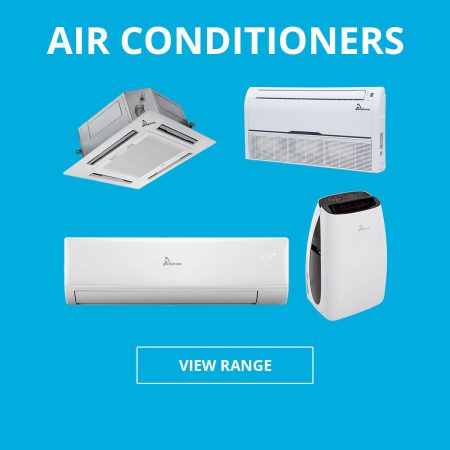Air conditioners are becoming more and more common in homes where the summers are seeing hotter and hotter days. There are a few weeks in the summer that are so uncomfortable that some form of air conditioning is needed, as fans just do not do enough. The expense of a permanent AC unit can be a costly investment for an appliance that lays sitting dormant for much of the year, which is why many people go for a portable air conditioner instead.
Knowing the best places to put a portable air conditioning unit is key to getting the most out of them. Here we look at how to install a portable air conditioner sliding window so that the hot air and water that is taken out of your home’s atmosphere can escape properly, without the need for having a window propped open unsafely all of the time.
Why install a portable air conditioner into a sliding window
Installing a portable air conditioner into a sliding window is key for ventilation. Ventilation means that all the hot air and humidity from your room or home can leave without being recirculated back into the house. Once it’s left through the window, only cool air will remain, which helps keep the room at a lower temperature and also helps reduce the amount of energy the air conditioner needs to expend to keep the room below a certain temperature.
Installing a portable air conditioner into a sliding window is also one of the best locations you can put your unit. This is for a couple of reasons: firstly, it’s safer and ensures that the vent hose will stay out of users’ ways throughout usage. It also means you can direct the air away from your home more consistently without fear of damaging the pipe in any way. Vent hoses need to be kept as straight and as short as possible, so it helps if it’s installed properly to a sliding window.
How to install a portable air conditioner into a sliding window
Before you start, you need to ensure that you have the right equipment to help you install your unit to your sliding window. You will need your unit’s vent hose, a connector that fits your sliding window, and vent hose adapters. Additionally, you need to ensure that your window is near an electrical outlet to plug in your unit to. Ensure that the plug wire is not pulled too tight or taught to cause a trip hazard.
Once you have your kit ready, you need to install the connector window kit first. Most should work, regardless of whether your windows slide top to bottom or left to right. Turn your kit specific to the type of window you have and trim to size if needed. If your kit is too small for your window, you can use folded up cardboard or plywood to make the ends meet the sides of the window.
Next, connect the vent hose that comes from the back of your unit. Window kit connectors will slot in place into locks which you will need to turn so it’s secure. Ensure that when you have connected your vent hose to the window kit that it is as straight as possible.
Finally, plug in the unit, switch it on, and watch your handiwork at play!
Conclusion
Installing a portable air conditioner into a sliding window does not need to be complicated — but it is essential that you get it right. Buy a window kit that fits your frame and your vent hose and you’re well on your way to getting it right from the outset.
